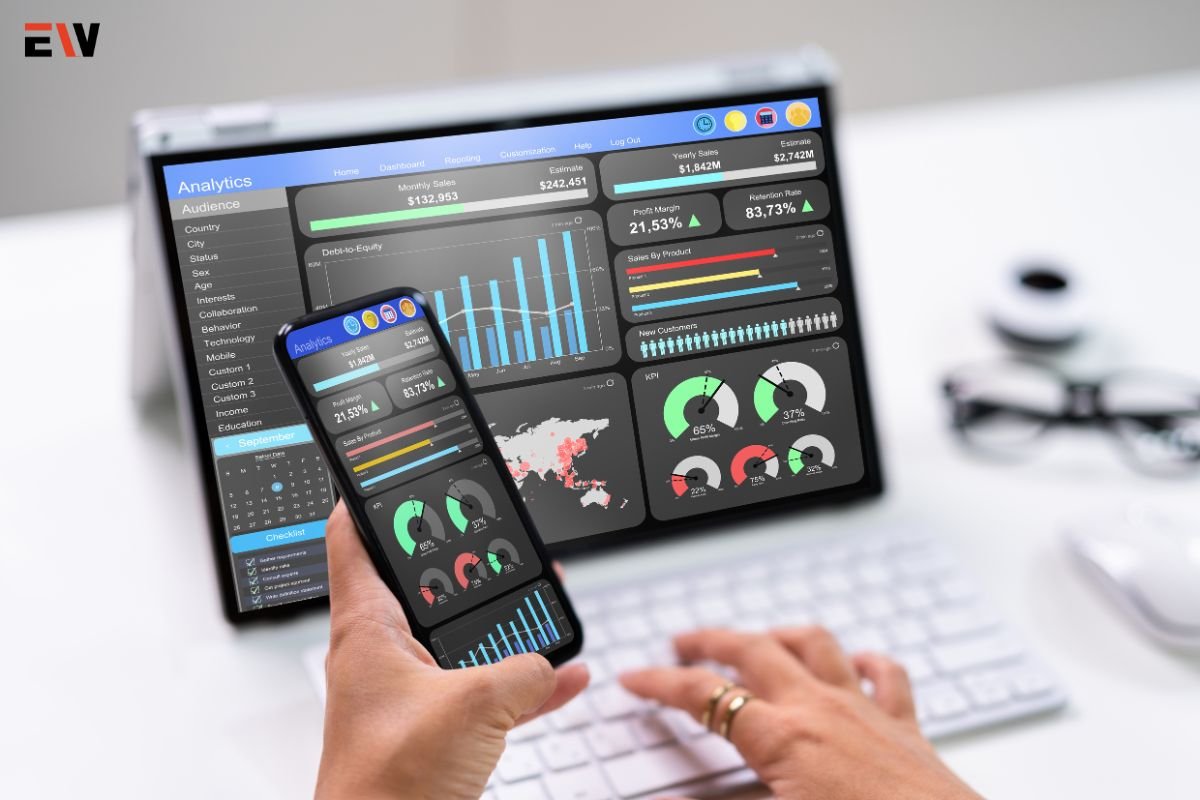In today’s data-driven world, businesses rely on analytics platforms to extract valuable insights, drive informed decision-making, and gain a competitive edge. However, with a plethora of options available, selecting a trusted analytics platform can be daunting. In this guide, we’ll explore the key considerations and features to look for when choosing a Trusted analytics platform that meets your organization’s needs and delivers actionable intelligence you can trust.
Understanding the Importance of Trust in Analytics:
Before diving into the features of an analytics platform, it’s crucial to understand the significance of trust in the context of data analytics. Trusted analytics platforms provide accurate, reliable, and secure data insights that stakeholders can confidently rely on to make critical business decisions. Trust encompasses data accuracy, privacy, security, and compliance with regulatory standards, ensuring that organizations leverage data responsibly and ethically.
Key Considerations When Choosing an Analytics Platform:
1. Data Accuracy and Reliability
A trusted analytics platform should deliver accurate and reliable insights derived from high-quality data sources. Look for platforms that offer robust data integration capabilities, data cleansing tools, and data validation mechanisms to ensure data accuracy and consistency across reports and analyses.
2. Security and Compliance
Data security and compliance are paramount in today’s regulatory environment. Choose an analytics platform that implements robust security measures, such as data encryption, access controls, and compliance with industry standards (e.g., GDPR, HIPAA), to safeguard sensitive information and protect against data breaches.
3. Scalability and Performance

As your business grows, so does the volume and complexity of your data. Ensure that the analytics platform can scale seamlessly to accommodate increasing data volumes and user concurrency while maintaining optimal performance. Look for features such as distributed computing, in-memory processing, and workload management to support scalability and performance requirements.
4. Ease of Use and Accessibility
A user-friendly interface and intuitive workflow are essential for maximizing user adoption and productivity. Choose an analytics platform that offers a streamlined user experience, customizable dashboards, and self-service analytics capabilities that empower users to explore data, create visualizations, and derive insights without extensive technical expertise.
5. Advanced Analytics Capabilities
Beyond basic reporting and visualization, consider the advanced analytics capabilities offered by the platform, such as predictive modeling, machine learning, and AI-driven analytics. These capabilities enable organizations to uncover hidden patterns, predict future trends, and automate decision-making processes, driving innovation and competitive advantage.
6. Integration and Interoperability
An analytics platform should seamlessly integrate with your existing data infrastructure, applications, and tools to enable data-driven decision-making across the organization. Look for platforms that support standard data formats, APIs, and connectors for easy integration with data sources, ERP systems, CRM platforms, and other business applications.
7. Support and Community
Choose a vendor that provides comprehensive support, training, and documentation to assist users in maximizing the value of the analytics platform. Additionally, consider the strength and engagement of the platform’s user community, as active user forums, knowledge sharing, and peer support can enhance the user experience and foster innovation.
8. Customization and Flexibility
Look for an analytics platform that offers customization options and flexibility to tailor the solution to your organization’s unique needs and workflows. Whether it’s customizing dashboards, creating personalized reports, or extending functionality through APIs and SDKs, the ability to adapt the platform to specific requirements enhances usability and adoption across different business units and user roles.
9. Real-Time Data Processing and Analysis
In today’s fast-paced business environment, real-time insights are invaluable for timely decision-making and proactive response to market changes. Choose an analytics platform that supports real-time data processing and analysis capabilities, enabling you to monitor key metrics, detect anomalies, and take immediate action based on up-to-date information.
10. Data Governance and Lineage
Data governance is essential for ensuring data quality, compliance, and accountability throughout the data lifecycle. Seek a trusted analytics platform that provides robust data governance features, including data lineage tracking, metadata management, and audit trails, to maintain transparency, traceability, and regulatory compliance across data workflows.
11. Collaboration and Sharing
Foster a culture of collaboration and knowledge sharing within your organization by selecting an analytics platform that facilitates collaboration among users and teams. Features such as shared workspaces, collaborative analytics, and annotation tools enable users to collaborate on analyses, share insights, and drive collective decision-making, enhancing teamwork and productivity.
12. Mobile Accessibility

In an increasingly mobile-centric world, ensure that the analytics platform offers mobile accessibility, allowing users to access dashboards, reports, and insights from any device, anytime, anywhere. Mobile-friendly interfaces, responsive design, and native mobile apps empower users to stay connected and informed on the go, driving agility and responsiveness in decision-making.
13. Cost and Total Cost of Ownership (TCO)
Consider the total cost of ownership (TCO) of the analytics platform, including upfront licensing fees, implementation costs, ongoing maintenance, and support expenses. Evaluate pricing models, scalability options, and value-added services to determine the platform’s affordability and long-term sustainability for your organization’s budget and resources.
14. Vendor Reputation and Track Record
Partner with a reputable vendor with a proven track record of delivering reliable, innovative, and customer-centric analytics solutions. Research vendor reputation, customer reviews, and industry accolades to assess credibility, reliability, and customer satisfaction levels. Additionally, consider factors such as vendor stability, roadmap, and commitment to innovation and customer success.
15. Future-proofing and Scalability
Anticipate future growth and evolving business needs by selecting a trusted analytics platform that offers scalability, extensibility, and future-proofing capabilities. Ensure that the platform can accommodate increasing data volumes, user concurrency, and evolving use cases without compromising performance or functionality. Look for vendors with a clear roadmap, commitment to innovation, and agility to adapt to emerging technologies and market trends.
16. Data Visualization and Storytelling

Effective data visualization and storytelling capabilities are essential for communicating insights and driving action across the organization. Choose an analytics platform that offers rich visualization options, interactive dashboards, and storytelling features that enable users to create compelling narratives and convey complex insights in a visually engaging and understandable manner.
Summing Up
By considering these additional points, you can further refine your evaluation criteria and select a trusted analytics platform that not only meets your immediate requirements but also aligns with your long-term strategic objectives, empowering your organization to harness the full potential of data and drive sustainable growth and innovation.










